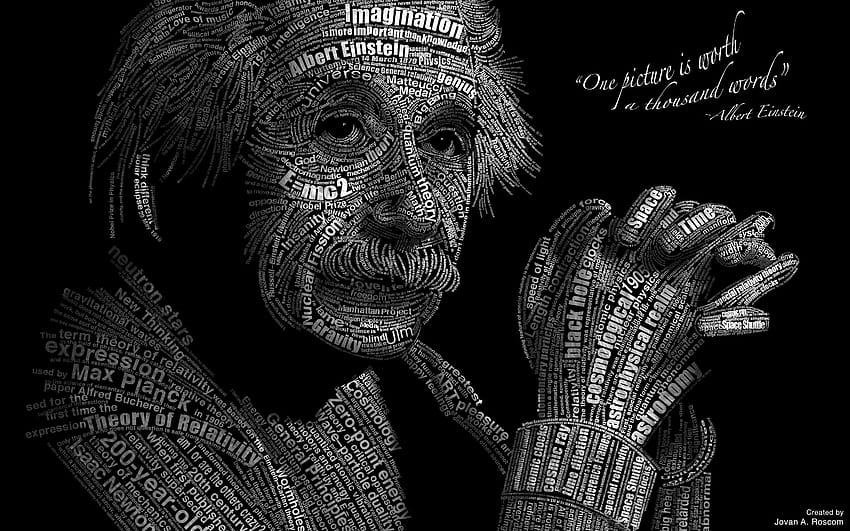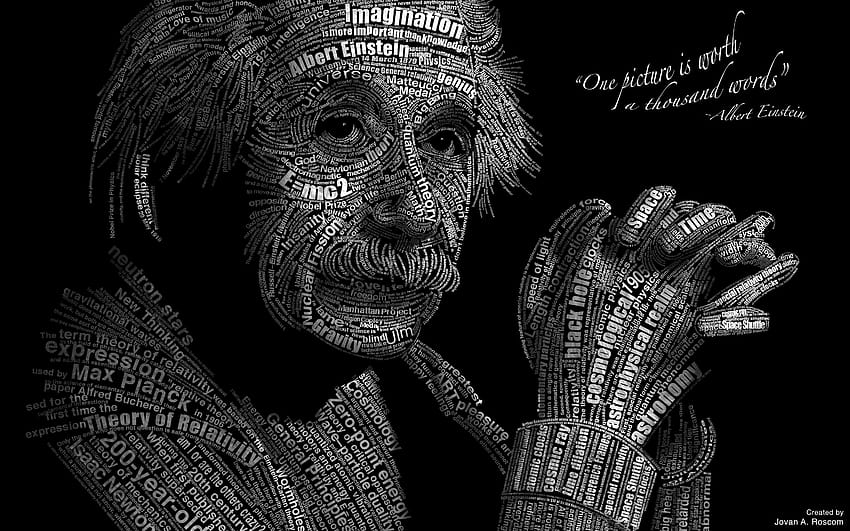"Long-Term vs. Short-Term Goals: Striking the Right Balance."
Long-Term vs. Short-Term Goals: Striking the Right Balance
Setting goals is akin to charting a course for your life's journey, and in this vast expanse of aspirations, we encounter a crucial crossroads: the balance between long-term and short-term goals. Both hold their significance and finding the equilibrium between these two poles is the key to a fulfilling and purposeful life. In this exploration, we'll delve deep into the dynamics of long-term and short-term goals, unraveling the art of striking the right balance.
I. Understanding the Dichotomy:
A. Defining Long-Term Goals:
Long-term goals are the north star that guides the trajectory of our lives. They are the visionaries, the architects of our future. Whether it's envisioning a successful career, achieving personal development milestones, or ensuring financial security for the years to come, long-term goals provide the overarching framework for a purpose-driven life.
B. Embracing Short-Term Objectives:
Contrastingly, short-term goals cater to the immediate and tangible. They are the stepping stones that allow us to navigate the path toward our long-term aspirations. Understanding the psychology of instant gratification versus delayed success is crucial here. Short-term goals act as catalysts, providing quick wins and building the foundation for more significant achievements.
II. The Importance of Striking a Balance:
A. The Pitfalls of Exclusivity:
Exclusive devotion to either long-term or short-term goals comes with its set of risks. Intense focus on long-term goals, without celebrating short-term victories, may lead to burnout. Conversely, an excessive emphasis on short-term gains might result in stagnation, missing the broader vision. The key is to find a symbiotic relationship between the two.
B. Achieving Synergy:
True success lies in achieving synergy between short-term and long-term goals. Short-term victories act as motivational fuel, injecting immediate gratification into our journey. Long-term goals, meanwhile, provide the overarching purpose, giving direction and depth to our endeavors. It's the delicate dance between the instant and the enduring.
III. Strategies for Balancing Act:
A. Prioritization Techniques:
Balancing long-term and short-term goals necessitates effective prioritization. The Eisenhower Matrix, a powerful tool, helps distinguish urgent tasks from important ones. Aligning short-term actions with long-term visions ensures a coherent and purposeful approach, preventing the risk of getting lost in the noise of daily tasks.
B. Flexibility and Adaptability:
Life is inherently unpredictable, and goal-setting must be flexible. Embracing change and adapting goals as circumstances evolve is essential. Learning from setbacks and transforming challenges into opportunities is a testament to resilience in the face of the unknown. The ability to pivot while keeping the long-term vision intact is a skill worth cultivating.
IV. Real-Life Success Stories:
A. Entrepreneurs Who Navigated the Balancing Act:
Real-life success stories of entrepreneurs offer invaluable lessons. Steve Jobs, with his penchant for innovation, balanced short-term product launches with a relentless focus on Apple's long-term vision. Elon Musk, in managing Tesla's immediate challenges, simultaneously works towards a sustainable energy future. These narratives exemplify the delicate art of strategic goal-setting.
B. Personal Development Journeys:
On a more personal level, stories of individuals overcoming adversity through short-term resilience and embracing continuous learning are equally inspiring. These journeys demonstrate how short bursts of focused effort contribute significantly to lifelong growth. It reinforces the idea that personal development is an amalgamation of both immediate and enduring efforts.
V. Practical Tips for Implementation:
A. Setting S.M.A.R.T. Goals:
The concept of S.M.A.R.T. goals (Specific, Measurable, Achievable, Relevant, Time-bound) acts as a practical guide. It ensures that the goals set are well-defined, realistic, and aligned with both short-term wins and long-term visions. Crafting short-term goals within the framework of S.M.A.R.T. principles establishes a robust foundation for the larger journey.
**B. Building a Support System:**
Implementing goals is not a solitary endeavor. Establishing a support system is crucial. Accountability partners provide mutual encouragement, sharing in the triumphs and navigating the challenges. Seeking mentorship from those who have successfully balanced short-term and long-term goals offers invaluable insights and guidance.
In conclusion, the journey of life is a delicate interplay between the immediate and the distant. Striking the right balance between long-term and short-term goals is an art that requires intention, adaptability, and a nuanced understanding of one's aspirations. As you navigate this intricate dance, may you find the harmony that leads to a purposeful and fulfilling existence.



